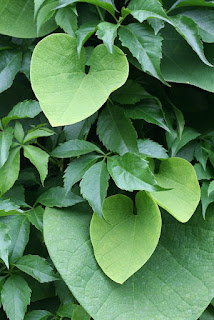Coca Leaves Positives and Negatives
 |
| Image by Loggawiggler by Pixabay |
Coca Leaves Health Benefits
Coca Leaves have many health benefits for the body and contain numerous nutrients like phosphorus, calcium, iron, vitamins (A, B2, E) (Dr. Health Benefits). The cocaine found in coca leaves is not addictive nor as strong as the coke distributed as an addictive drug (Dr. Health Benefits). Cocaine has a reputation for being so harmful for the body. In its most natural form within the coca leaf, cocaine is very beneficial for the human body.
Research studies from The American Journal of Drug and Alcohol Abuse have also concluded that coca could be used to treat gastrointestinal issues, depression, help with exercising, and for losing weight (Weil). Obviously another positive for coca leaves. Large doses of coca produce negative mental behaviors leading to addiction which continues to deteriorate the mental state as the coca abuse continues (Ortiz). Probably why a lot of homeless people and very poor people seem to always be mentally off whenever you interact with them or happen to overhear them.
100g of Coca Leaves is Safe for the Human Body
 |
| Image by julianobandoarenas by Pixabay |
The Historical Crack Decision
Ending The Cocaine Epidemic
The coca plant is located in Africa, Taiwan, Southeast Asia, and Northern South America (Brittanica). Sometimes the plant has a reputation of growing exclusively in South America, in particular Columbia. Hopefully both crack and cocaine leave the world as a recreational drug and coca leaves become more researched for medical uses. I do not think this dream is far-fetched either since the technology, law enforcement, and military power is definitely capable of overthrowing the drug organizations who have far less firepower and technological advancements.
The world needs to become addicted to love as I feel in my heart this lack of love that spreads across all races, and of all incomes, leads to addictions to drugs and other things even though love is what men and women truly want the most.
Works Cited
Dr. Health Benefits. “12 Scientific Health Benefits of Coca Leaf - Anaesthetic - Bones.” DrHealthBenefits.com, 30 Mar. 2017, drhealthbenefits.com/herbal/herbal-plant/health-benefits-of-coca-leaf. Accessed 28 Nov. 2022.
Brittanica. “Coca | Plant | Britannica.” Encyclopædia Britannica, 2019, www.britannica.com/plant/coca.
Weil, Andrew T. “Coca Leaf as a Therapeutic Agent.” The American Journal of Drug and Alcohol Abuse, vol. 5, no. 1, Jan. 1978, pp. 75–86, 10.3109/00952997809029262. Accessed 14 Oct. 2020.
Ortiz, Dr Vincente. “UNODC - Bulletin on Narcotics - 1952 Issue 2 - 008.” United Nations : Office on Drugs and Crime, 1 Jan. 1952, www.unodc.org/unodc/en/data-and-analysis/bulletin/bulletin_1952-01-01_2_page009.html.
Ark Behavioral Health. “Crack Epidemic & the History of Crack Cocaine.” ARK Behavioral Health, www.arkbh.com/illicit-drugs/cocaine/crack/epidemic/.







Comments
Post a Comment